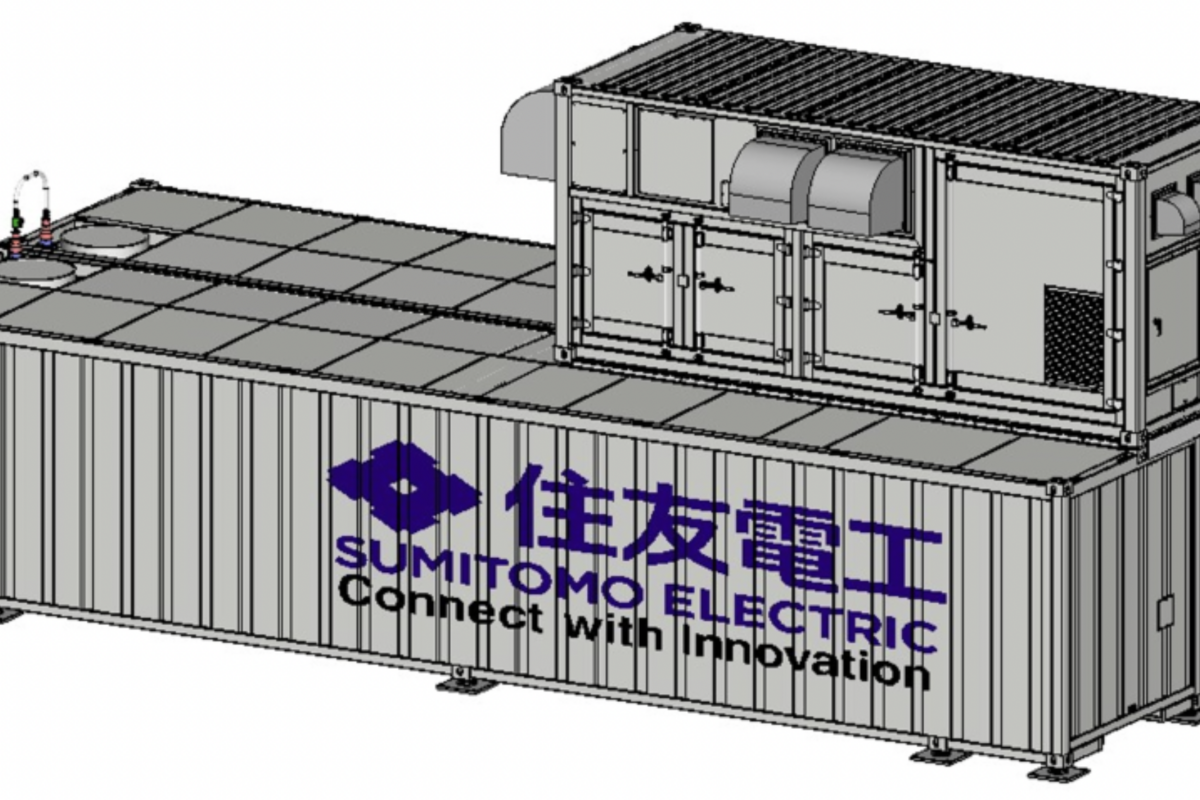APVI and UNSW have launched a free, upgraded version of their SunSpot Version 3 tool for the first time, thanks to a AUD 946,399 ($635,360) investment by the Australian federal government.
“SunSPOT V3 has been built by engineers at UNSW’s world leading School of Photovoltaic and Renewable Energy Engineering specifically to help people understand what solar can do for them – not to sell them solar,” said Anna Bruce, SunSPOT project leader and UNSW associate professor.
Australian households and small businesses can use SunSPOT to determine which solar system sizes will give them the best returns on their investments. The tool offers cost estimates, as well as calculations for annual savings with different battery sizes.
“It’s the only independent tool tailored to your circumstances that’s publicly available in Australia. All other solar calculators seek to capture personal information and generate sales leads,” said Bruce. “Now, with nationwide delivery and improvements to its usability and accuracy, SunSPOT will be able to help the vast majority of Australians confidently navigate the complex solar market.”
Previous versions of APVI’s flagship tool have only been available in areas where there is spatial mapping LiDAR data available and the local council has taken up a subscription. Now there are two versions of SunSPOT available: the premium, council subscription version –which maps the area with LiDAR data – and the standard version, which is free for all Australians.
Users of the two versions can also add their smart meter data and electricity tariffs for more accurate estimates, if desired.
“Householders no longer need to depend on salespeople to educate them. With this latest version of SunSPOT, everyone can get reliable tailored answers to common questions about solar and batteries,” said Mike Roberts, SunSPOT project leader. “The APVI has found that Australia has the potential to install 179 GW of rooftop solar capacity – but so far we’ve installed less than 10% of that.”
This content is protected by copyright and may not be reused. If you want to cooperate with us and would like to reuse some of our content, please contact: editors@pv-magazine.com.




2 comments
By submitting this form you agree to pv magazine using your data for the purposes of publishing your comment.
Your personal data will only be disclosed or otherwise transmitted to third parties for the purposes of spam filtering or if this is necessary for technical maintenance of the website. Any other transfer to third parties will not take place unless this is justified on the basis of applicable data protection regulations or if pv magazine is legally obliged to do so.
You may revoke this consent at any time with effect for the future, in which case your personal data will be deleted immediately. Otherwise, your data will be deleted if pv magazine has processed your request or the purpose of data storage is fulfilled.
Further information on data privacy can be found in our Data Protection Policy.